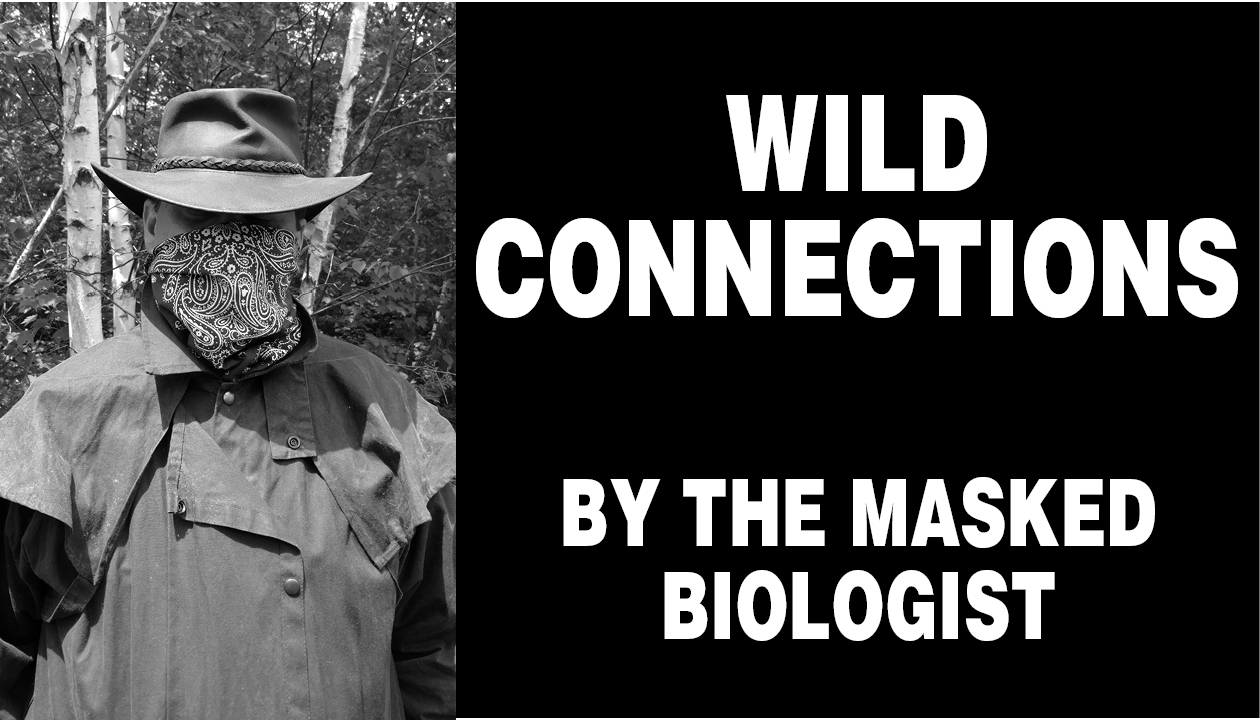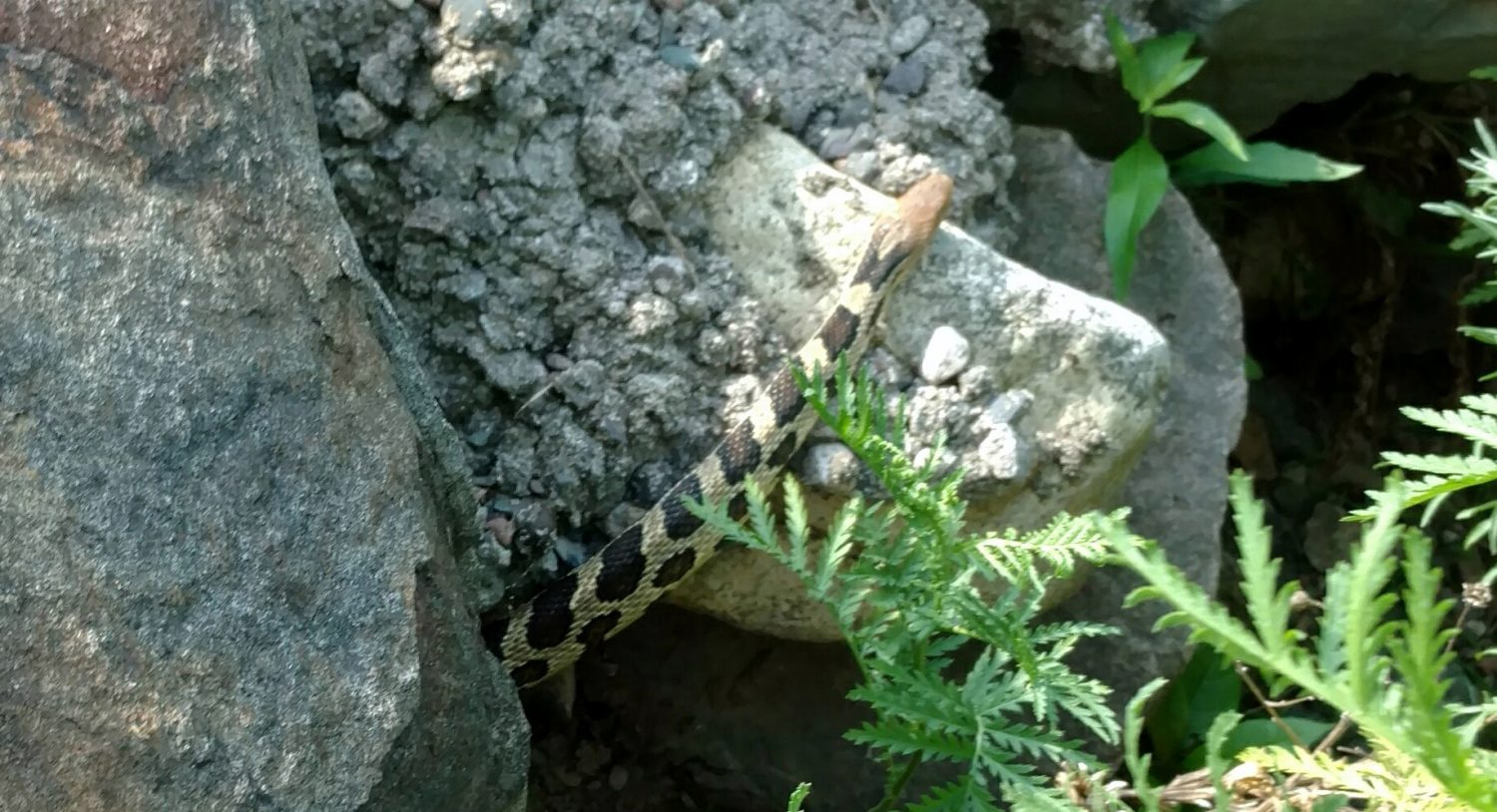What is the most accurate way to predict the winter ahead?

BY THE MASKED BIOLOGIST
Special to the Star Journal
When I was a lad, my dad would tell me all sorts of different ways to predict winter harshness. He would claim you could tell by the width of the black band on the wooly bear caterpillar, or how thick the mice made the linings of their nests. I never tested any of these axioms, although I did read about a study that found the middle stripe width on the caterpillar had absolutely no correlation to winter severity in Canada. But the mouse nest one intrigues me. The mice are working furiously right now, as are many of their rodent relatives—like the squirrels and chipmunks destroying every seed and nut producing plant in my yard, digging holes in the lawn and tunnels next to my basement walls.
Since my parents, grandparents, and great-grandparents grew up on farms, they would also rely on the Farmer’s Almanac to help them plan their planting, harvesting, and other seasonal preparations. In 1978, they published an article called 20 Signs of a Hard Winter. Wouldn’t you know it? Mouse activity, heavy acorn drop and squirrel nut gathering are all on their list! There are several other supposed indicators that caught my eye as well. For example, this year I have seen spiders entering the home in large numbers and spinning larger than usual webs; heavy and numerous frogs during August; and woodpeckers sharing a tree (in fact I just noticed that one in my back yard this weekend!) If you are interested in seeing the full list and don’t have the 1978 Farmer’s Almanac, you can find it in a blog on their website www.farmersalmanac.com. If one of you has a pig that is gathering sticks, please—PLEASE—let me know!
So, can rodents, woodpeckers and oak trees tell us what to expect for the coming winter? Possibly; maybe they can sense when the seasons change, alterations in atmospheric pressure, and deviations from normal temperatures and precipitation amounts. We know some animals can sense when an earthquake is about to hit, or a tsunami, or a tornado. These creatures have amazing adaptations that have allowed them to adjust their behavior to ensure the survival of their species through large scale natural disasters. On the other hand, maybe we are looking for answers in areas where they don’t actually exist. One of the 20 signs was muskrat holes located unusually high on the river bank. This year, we have had a lot of rain, our rivers and streams are higher than recent years. I would expect muskrats to build their burrows high on the bank, where they will not fill with water, or they would drown. One could surmise that, in years when it rains a lot in the summer, it will snow a lot that same winter. Perhaps Native Americans or fur trappers centuries ago noticed the behavior and tied it to the snowy winter that followed. I would like to think it is a combination of the two, that animals adjust their lives in advance of a severe winter because they just went through the rainy summer and they sense the coming winter will bring more of the same. In the spring, I will have to remember to come back and revisit whether the natural signs were accurate.
The Masked Biologist earned a Bachelor of Science degree from a university with a highly regarded wildlife biology program. He has worked for natural resource agencies from the Rocky Mountains, across the Great Plains and into the Midwest. He’s worked with a variety of common and rare fish, plant and wildlife species. Follow The Masked Biologist on Facebook.
Leave a reply
You must be logged in to post a comment.


